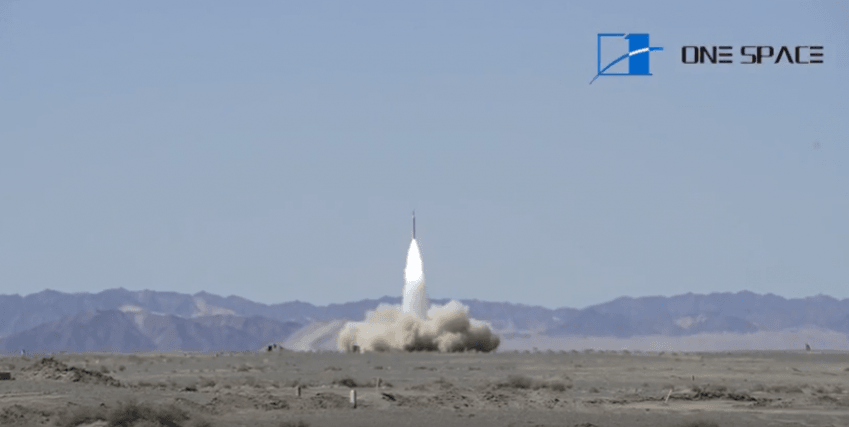
Rockets are among the most powerful and dramatic vehicles built by humans. There are few sights that are as majestic in today's times than seeing a rocket successfully take off and reach orbit. Thousands of people come to watch launches around the world and the video and photographs of any launch is a sight to behold.
This weekend, China launched a suborbital rocket and apart from the view from the ground, the Chinese space agency happened to also capture the view from space. A remote sensing satellite in the vicinity was able to make a video of the entire event from space. The launch took place from the Jiuquan Satellite Launch Centre in the Gobi Desert, reports GBTimes, a Chinese news outlet.
Truly god view, Jilin-1 video satellite shot @OneSpace01 OS-X1 suborbital rocket's launch at JSLC this noon. pic.twitter.com/KposRHZc4D
— dafeng cao (@dafengcao) September 7, 2018
Called Jilin-1, the satellite was reportedly orbiting around 535 kilometres above Earth, directly above the solid fuel OS-X1 rocket as it lifted off Jiuquan on Friday. The satellite's video cameras were able to perfectly capture the launch. The rocket went through a 200-second flight in all, notes the report. Within this time, it climbed an astounding 35 km in the air.
The footage was posted on Chinese social media outlets and reached Twitter, shared by user Dafeng Cao, notes GBT. The OS-X1 was the second launch for private Chinese aeronautical firm OneSpace which is right now reported to be working on solid-fuelled rockets- both to orbit and suborbital capacity intended to provide launch services.
Jilin-1 the satellite that caught the event on video is reportedly one of seven in orbit right now. They were developed by Chang Guang Satellite (CGST), which was born out of Changchun Institute of Optics, Fine Mechanics and Physics (CIOMP). The company is based out of the Chinese northeastern province of Jilin, hence the name.
CGST is a company like OneSpace that emerged after a 2014 ruling by the government which opened up the space industry to private players. OneSpace is planning an orbital launch for the first time by the end of this year called the OS-M.

















